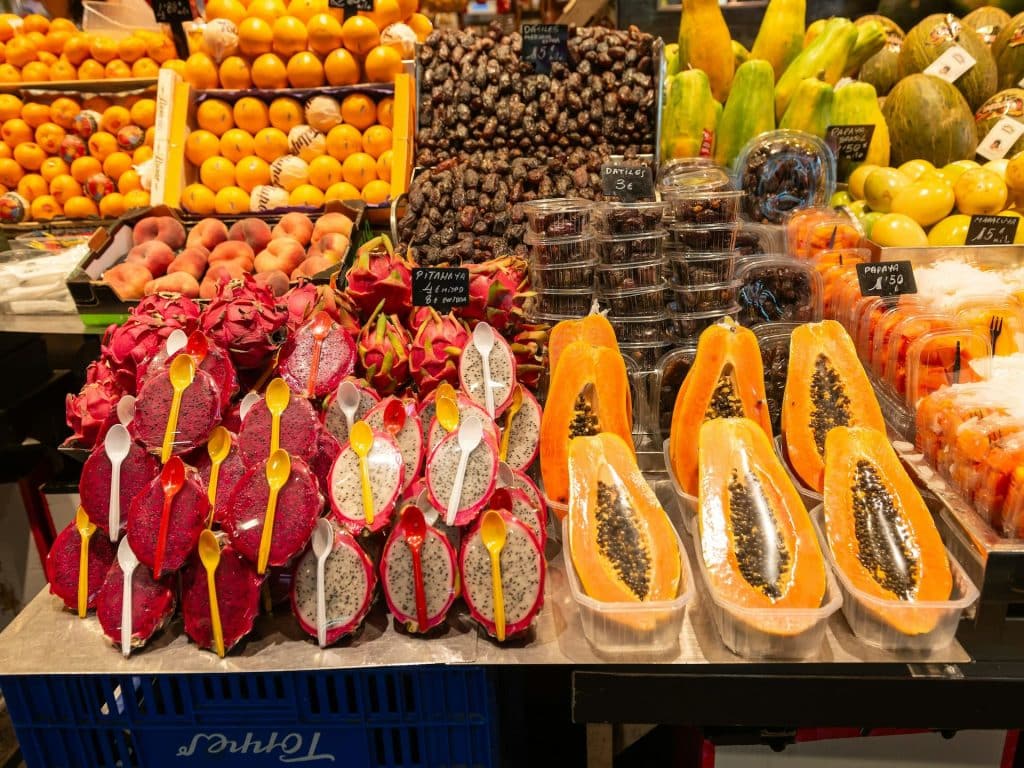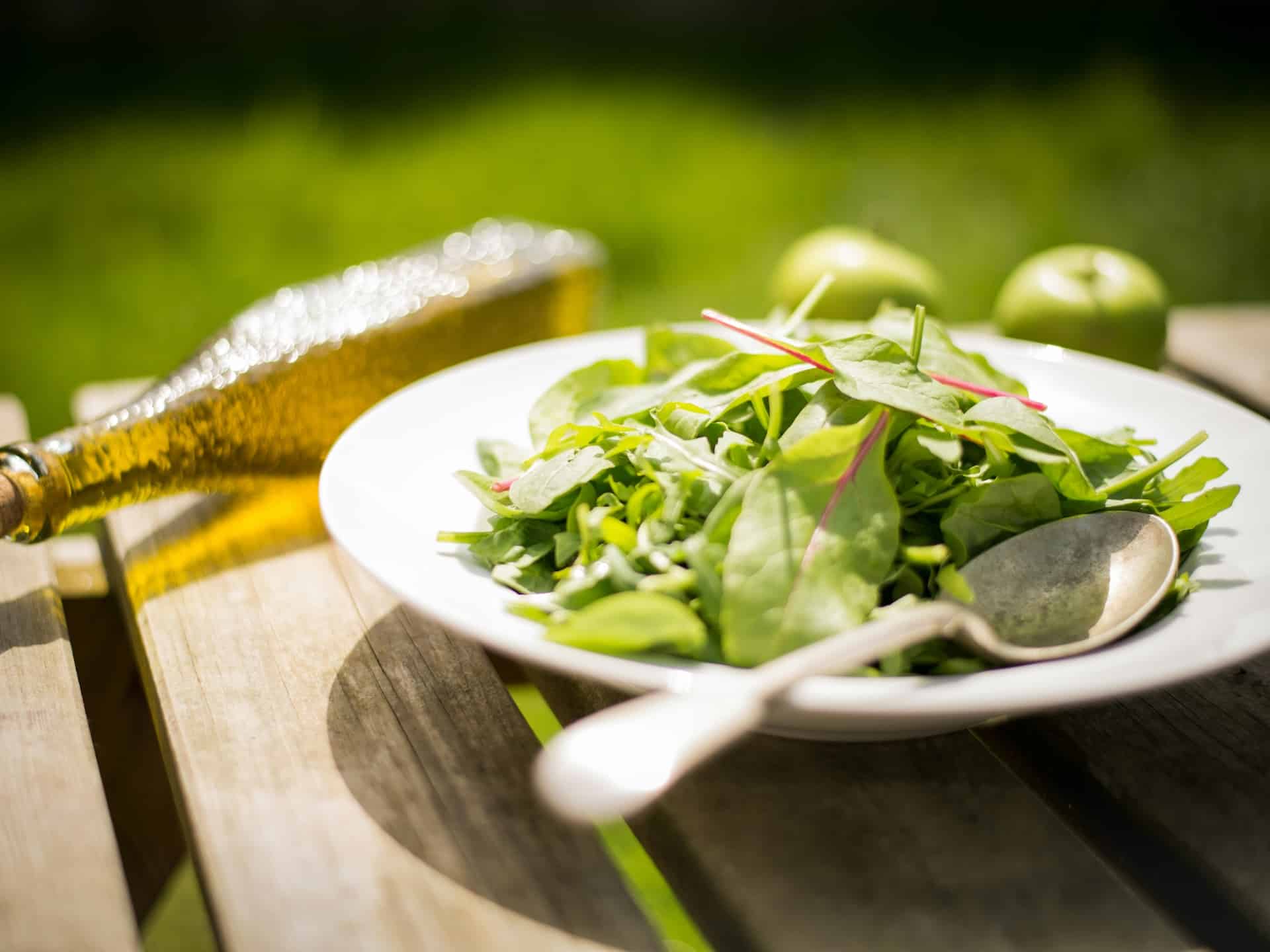
In recent years, papaya has ceased to be an exotic tropical fruit that is difficult to find, but has become an increasingly common offering in our fruit stores. Beyond its attractive orange color and the peculiar flavor of papaya, this fruit (it is not a fruit, but a fruit) has many nutritional properties.
Also many names. Among them, papayón, papayo, mamón, fruit bomb, lechesa or lecheza.
Nutritional value of papaya.
For those who still do not know what papaya tastes like, Miquel Subirà, Category Manager at ALDI, highlights its “soft and pleasant texture, as well as a fresh, sweet and tropical flavor.” A bite that awakens summer emotions while filling us with vitamins and other nutrients.
| Nutritional value of papaya (grams/100 grams) | |
| Carbohydrates | 10.8 |
| proteins | – |
| Fats | – |
| fiber | 1.7 |
vitamins and minerals
Papaya is an excellent source of vitamin C, with approximately 60 milligrams per 100-gram serving. This represents 75% of the recommended daily amount (RDA), but considering that the serving is usually about 200 grams, we would be covering our vitamin C needs with increasing amounts. In addition, it provides us with 158 micrograms of vitamin A, approximately 20% of the RDA, and 45 micrograms of folates, which represent 22.5% of the daily recommendations.
The amount of minerals does not reach significant levels, as they do not reach 15% of the daily recommendations. However, 100 grams of papaya contribute 182 milligrams of potassium, 13 milligrams of magnesium and 20 milligrams of calcium to the diet.
In addition to these nutrients, papaya also contains significant amounts of fiber and antioxidants. Carotenoids stand out, such as beta-carotenes, responsible for its intense orange color. It also provides papain, an enzyme that could help with digestion, although it is not an effect clearly supported by scientific evidence.
How many calories does papaya have?
100 grams of papaya provide 43 kilocalories. There is no doubt that this very moderate energy contribution is far from being a problem that can cause us to gain weight. However, one of the doubts that dietitians-nutritionists most often resolve is whether papaya makes you fat. And it’s all because, of its 10.8 grams of carbohydrates, approximately 7.82 are sugars, which is actually little in relation to the wealth of nutrients and phytochemicals it provides.
It is worth remembering that the intrinsic sugars, That is, those found in fruits, vegetables and dairy products are not a health problem. The sugars that must be kept at bay are those added in the kitchen or during the manufacturing process, or those found in juices. All fruits, to a greater or lesser extent, provide naturally present sugars. Except for specific clinical situations, such as fructose intolerance, There is no reason to avoid them as long as they are consumed within your food matrix.that is, eating the papaya in pieces and not in juice.
How do you know if papaya is ripe?
Unlike what happens with bananas, Subirà recognizes that it is very difficult to identify a ripe papaya from the outside with complete certainty. “It can be deduced from the color: when the papaya has a shaded yellow of more than 60% we can say that it is usually ripe,” says the expert.
Properties and benefits of papaya
Another question that is usually raised in the consultation of dietitians-nutritionists is what papaya is good for. Nutrition experts are conclusive on this matter: all fruits are healthy in themselves, but in no case do they have miraculous, curative or exceptional properties.
In this sense, the properties of papaya are derived directly from its content of vitamins C, A and folates, fiber and its contribution to the intake of potassium, antioxidants and other active substances. But to the question of what can cure cancer, the answer is simple and clear: it does not cure anything.
Papaya and cancer
Google is full of dubious recommendations and fake news. Among them is a crazy association between eating papaya and achieving an almost miraculous cure for cancer. However, there is no solid scientific evidence to support the claim that papaya can prevent or cure cancer.
Cancer is a complex and multifactorial disease. Once diagnosed, the treatment always involves the most appropriate therapy to combat each tumor. Regarding its role in prevention, it is known that a healthy lifestyle (healthy diet, regular physical activity, not smoking, not consuming alcohol…) reduces the risk of developing tumors. Papaya is a healthy food, but no more than other common fruits in the Mediterranean diet.

Is it good to eat it at night?
Eating fruit is healthy at any time. There is nothing wrong with eating papaya at night. What is not recommended is to replace dinner only with fruit, either to make it light, or to eat fewer calories. Although fruits are a very healthy food group, They do not provide all the necessary nutrients and they cannot by themselves constitute a regular dinner.
The myth of the benefits of eating papaya on an empty stomach
There is no solid scientific evidence to support that taking it on an empty stomach has benefits beyond those deduced from its composition, that is, its contribution of vitamins and minerals, fiber and bioactive phytochemical compounds. As with other fruits, it also provides a high water content and therefore helps to start the day with good levels of hydration.
All of these effects can also be had to a greater or lesser extent by eating an orange, a peach, grapes or any other fruit typical of the Mediterranean diet.
How to prepare papaya to eat
The most common way to prepare it is by making a longitudinal cut. In fact, in many points of sale they are sold precisely in halves already opened in this way. “It is recommended to remove the seeds, especially if we are going to prepare a smoothie, they already have a bitter taste,” says Subirà.
Papaya can be eaten «in quarters and halves, it can be chopped or eaten directly with a spoon. In tropical countries like Brazil, there are those who like to add a splash of lime to give a sweet-sour flavor contrast.» It can also be used to prepare milk shakes, serve it in a bowl with yogurt, prepare fruit skewers, add it to salads…
The ALDI Council
Has your pulp become soft and doesn’t work well in tacos? Try eating it directly with a soup spoon, as you would with kiwi.
Miquel Subira. Category Manager at Aldi Central Shopping. He has been a fruit purchasing manager for 7 years.







